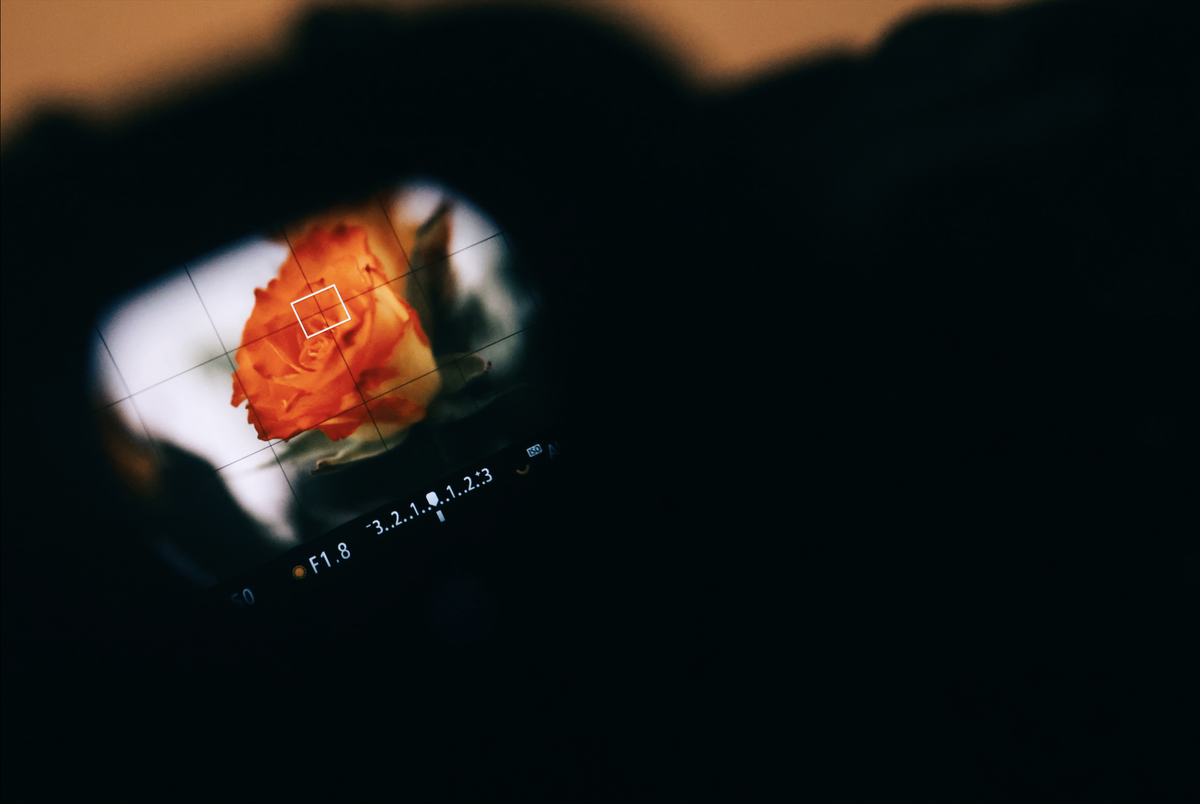Mirrorless cameras took something of photography from us, and I still miss it
The biggest loss in the switch to mirrorless is the loss of the optical viewfinder – and it affects budget customers worse

Eliminating the need for a mirror box, neatly sidestepping a litany of associated drawbacks — from physical depth and weight to shutter shock and lens design compromises — has been a defining feature of the mirrorless revolution. By relying on the sensor readout to monitor what the camera sees we’ve been treated to innovations like 100% focus area, silent shooting, real-time exposure preview and more… but losing an optical path from lens to eye is a sad price to pay for all this power.
Looking through a DSLR’s optical viewfinder is one of the most gratifying experiences in photography. The immediacy, the clarity, the sense of being truly ‘in’ the scene is unmatched by a screen or electronic viewfinder; even as EVF resolution, frame rate, and colour accuracy improve, it will never truly match the real thing — like looking out of a window versus watching a TV feed of the same view.

Bringing an optical viewfinder to one’s eye is immediate. The ambient brightness closely matches the experience through the finder, the view is crystal clear regardless of the light level, and as one’s eye moves toward the finder it’s drawn in seamlessly. Compared to EVF glare, the noisy rendering of low light scenes, and the delay as the EVF activates and attune-able but nonetheless existent lag and limited frame rate, the optical viewfinder is an organic experience that makes a camera feel much more like an extension of our bodies. Mitigating the EVF standby delay with always-on settings may help, but only serves to further reduce the problem of mirrorless camera battery life — getting 800 shots out of even a mid-sized DSLR battery is rarely a problem precisely because of the optical viewfinder design.
The difference becomes more stark at the lower end of the market. Top flight mirrorless solutions like the Canon EOS R3, Sony Alpha 9 III, and the Nikon Z9 may have eye-watering resolution, magnification that exceeds flagship DSLRs, and frame rates so high and latency so low that lifetime sports and wildlife pros are beginning to warm to them, but these cameras are not mass market fodder. It’s still more common to see serviceable but modest resolution, size, and latency even at the high end of the ‘prosumer’ level of the market, where the DSLR sister model’s mirror and pentaprism will outperform them in sheer joy of use.

DSLR isn’t going to be the focus of manufacturers going forward, but it’s not fallen off the face of the Earth — if your first dalliance with cameras was mirrorless and you’ve never had the pleasure of using an optical viewfinder, I urge you to try it. Not only are there current DSLRs from both Canon and Nikon that contain many of the technologies found in their mirrorless products packed into the larger form factor, but yesterday’s flagship DSLRs cost today’s entry to midrange mirrorless offerings — and you might just find that a more direct relationship with your subject injects something intangible into your photography experience.
Get the Digital Camera World Newsletter
The best camera deals, reviews, product advice, and unmissable photography news, direct to your inbox!

Chris is an experienced photographer, shooting mainly portrait, landscape, street, and product, as well as a confident videographer. He has acted for many years as lead product specialist at Canon EMEA, launching cameras and lenses — present during the general industry shift from DSLR to mirrorless and the mobile phone boom chomping at the heels of DSC; an exciting time! He also knows a thing or two about music, having been featured in Hip Hop Connection and Music Radar, but of course we wouldn't know about tunes here ;-)